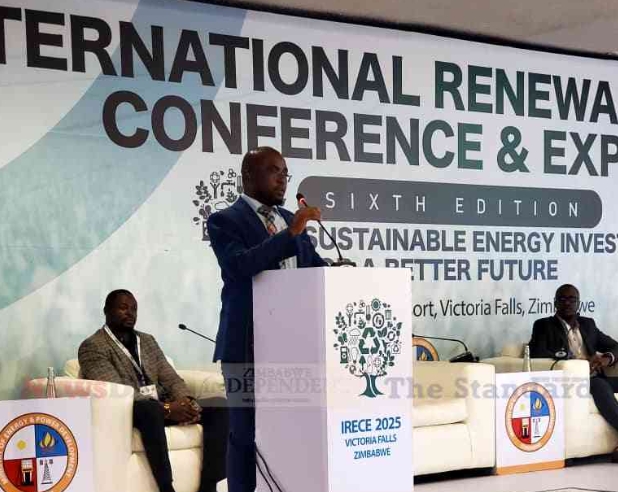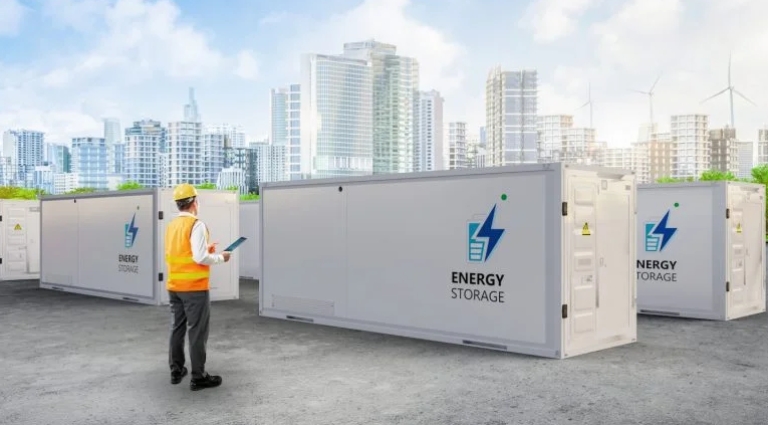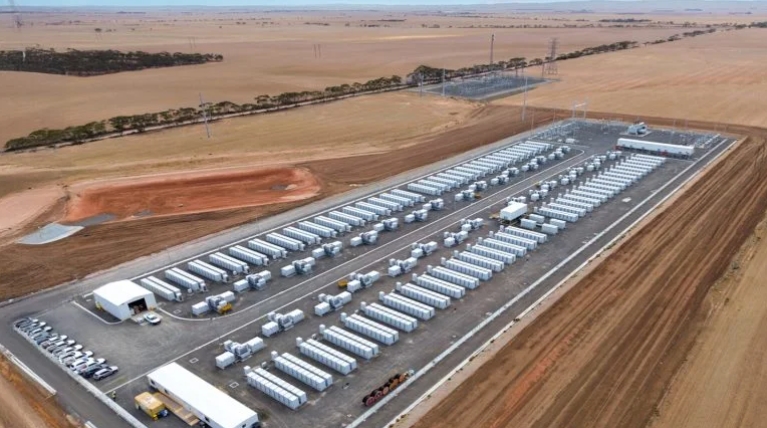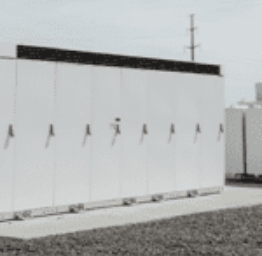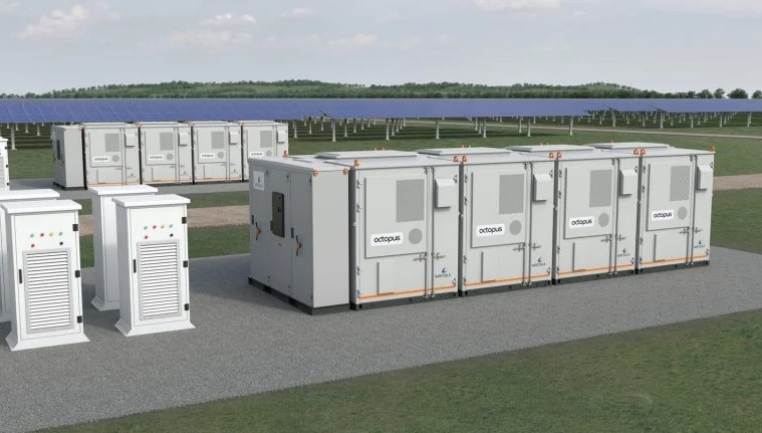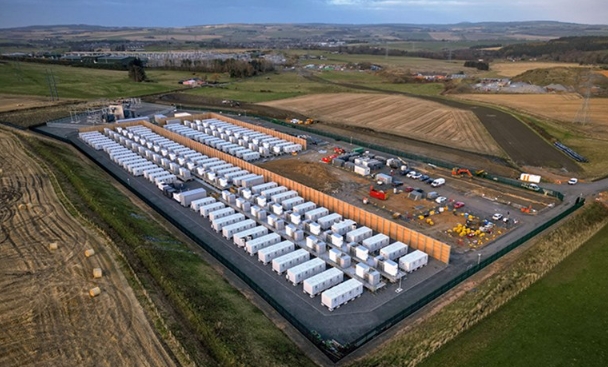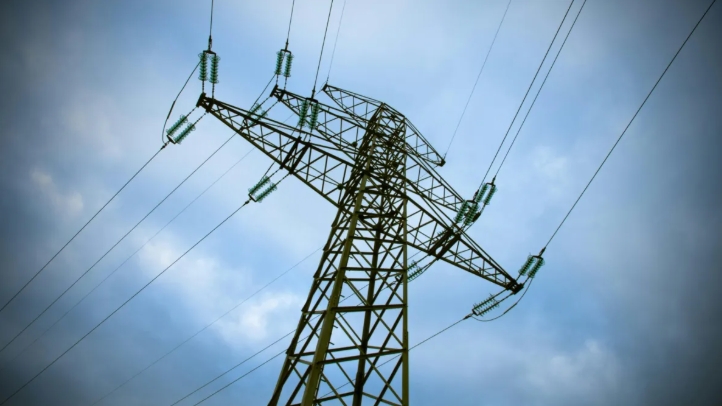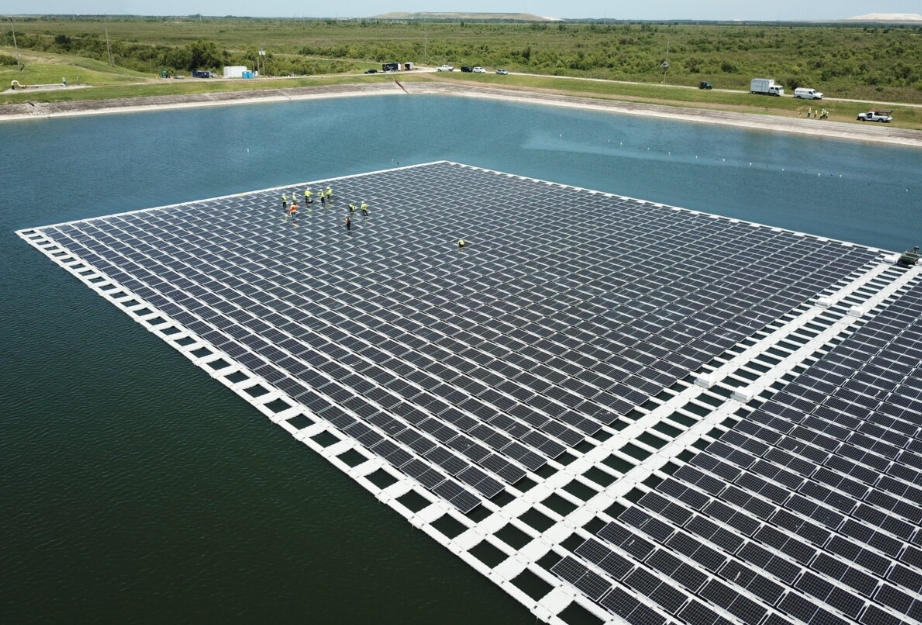
D3Energy, a floating solar developer, announced its partnership with Del-Co Water to launch Ohio’s first floating solar project, exemplifying a new approach to solar deployment in Ohio, focused on preserving the state’s land.
Del-Co Water, a central Ohio water utility, is taking the steps to incorporate solar energy into its operations. The 3.2 MW solar farm will be located on a cooling pond at Del-Co’s water treatment facility.
“Solar is a significant component to Del-Co Water’s strategic initiative on environmental sustainability,” said Glenn Marzluf, CEO of Del-Co Water. “Floating solar enabled us to move forward with a substantial solar installation without encumbering any of our valuable ground which may be needed for future expansion. We were also pleased with the possibility of reduced growth of algae related to sunlight reduction,” added Glenn.
In addition to floating solar, this project combines both rooftop and carport installations to maximize energy output. The floating installation will utilize the Hydrelio floating system from Ciel & Terre, whose floating systems are deployed around the world, with 1.5GW of power already operational or in development.
Upon completion, this project will offset nearly 50% of Del-Co Water’s electricity consumption at its water plant, D3Energy said, resulting in estimated annual cost savings of $400,000. D3Energy partnered with Gardner Capital, a solar investor with over 100MWs under ownership, to own and operate the system, providing the power to Del-Co Water.
Construction is slated to commence in November as materials have begun to arrive on-site, with full grid connection expected in late spring 2024.
Floating solar begins to catch on in US
Although the concept is just starting to become popular in the US, floating solar has been common in Asia for years.
The concept of floating solar is simple: attach panels onto rafts so they float on water instead of blocking off land that could be used for agriculture or buildings. The panels are sealed and act as a lid that brings evaporation down to nearly zero, a perk from which drought-stricken regions like California benefit. The water also keeps the panels cool, allowing them to generate more electricity than their land-mounted counterparts, which lose efficiency when they get too hot.
But high upfront costs remain a barrier. Bartle estimates floating solar costs 10-15% more than land solar initially, but owners save money in the long run. Deeper water can increase installation costs, and the technology can’t operate on fast-moving water, on the open ocean, or shorelines with large waves.
The world’s largest array so far is the 320 MW Dezhou Dingzhuang Floating Solar Farm in Shandong, China. North America’s largest, by comparison, is a fraction of that — 8.9 MW at the Canoe Brook Water Treatment Plant in Millburn, N.J., owned by New Jersey Resources Clean Energy Ventures, which operates utility-scale commercial as well as residential solar systems across the Northeast.

